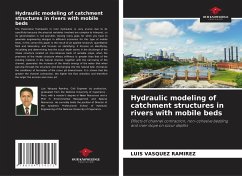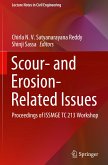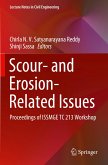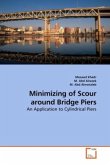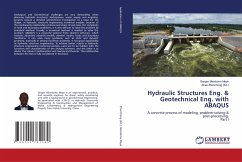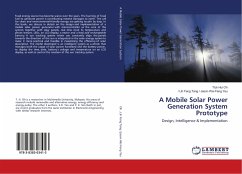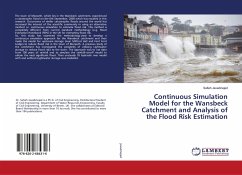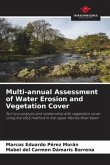The theoretical framework in river hydraulics is very scarce due to its specificity because the physical variables involved are complex to interpret, so its generalization is not possible, leaving many gaps for when you have to generate engineering designs in different scenarios for this type of mobile beds, in this sense this paper is the result of an applied research, quantitative field and laboratory, and focuses on identifying, It focuses on identifying, visualizing and determining how the scour depth varies in the discharge of the intake structure located on non-cohesive beds of variable slope, when the presence of the intake structure whose stiffness is greater than that of the existing material in the natural channel, together with the narrowing of the channel, generates the increase of the kinetic energy of the water that when passing through the structure and discharging into the natural bed, increases the conditions of formation of the scour pit downstream. It is shown that the greater the channel contraction, the higher the flow velocities and therefore the larger the erosion and scour pit.
Bitte wählen Sie Ihr Anliegen aus.
Rechnungen
Retourenschein anfordern
Bestellstatus
Storno

